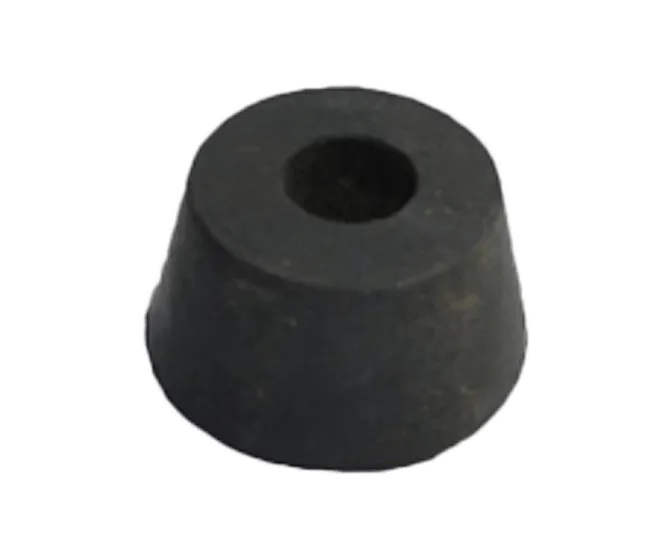Products Description
Water-Stop Spacers: Precision Protective Components in Waterproofing Engineering
In the construction of concrete structures with strict waterproofing requirements, the waterproofing treatment of details directly affects the overall anti-seepage effect of the project. Water-stop spacers, as specially designed plastic auxiliary components, rely on their material properties and precise dimensions to not only ensure the thickness of the reinforcement cover but also play a key role in enhancing the waterproof performance of the structure.
I. Core Attributes and Material Advantages
Water-stop spacers are made of high-quality engineering plastics such as high-density polyethylene (HDPE) or polypropylene (PP). These materials not only have excellent compressive strength to stably support the load of steel bars but also possess outstanding water resistance and anti-aging properties – they will not swell, deform, or degrade when immersed in water for a long time, avoiding waterproof weak points caused by spacer failure from the root of the material.
Compared with traditional cement spacers, plastic water-stop spacers have a smooth and dense surface, which has a higher degree of bonding with concrete and can reduce tiny gaps caused by material differences; at the same time, their forming accuracy is high, and the dimensional error can be controlled within ±0.5mm, ensuring precise control of the cover thickness in key waterproof parts.
II. Functional Positioning and Waterproofing Logic
The core function of water-stop spacers is to provide fixed support for steel bars in waterproof concrete structures (such as basement walls, water tanks, culverts, etc.), ensuring that the cover thickness between steel bars and formwork meets the design standards, and at the same time blocking the water penetration path through their own waterproof characteristics.
In waterproofing engineering, if the gap between steel bars and formwork is not properly controlled, it is easy to form areas where concrete pouring is not dense, which becomes a channel for water penetration. Water-stop spacers ensure the uniformity and compactness of the cover concrete through stable support, enabling the concrete to fully wrap the steel bars and form a continuous waterproof barrier; at the same time, the plastic material itself is non-absorbent and impermeable, which can fill the tiny gaps between steel bars and concrete, further enhancing the anti-seepage ability of the structure, and effectively preventing concrete cracking and water leakage caused by the expansion of rusted steel bars.
III. Specification Sizes and Adaptation Scenarios
To meet the needs of different waterproof grades and steel bar diameters, water-stop spacers provide two standardized sizes:
- 12mm: Suitable for thin-walled structures with high waterproof grades, such as bathroom caissons and small water storage tanks, adapting to steel bars with a diameter of 6-8mm;
- 14mm: Commonly used in medium-thickness waterproof components such as basement side walls and underground pipe corridors, adapting to steel bars with a diameter of 8-10mm.
Both sizes have undergone waterproof performance tests, and can maintain structural stability in long-term humid environments, ensuring that both the cover thickness and waterproof effect meet the standards, providing reliable detail protection for various water-related or underground structures.
Summary
Although water-stop spacers are small, they are key components for "preventing trivial issues from escalating" in waterproof concrete structures. They skillfully combine the function of steel bar positioning with waterproof performance. Through high-quality plastic materials and precise size design, while ensuring the structural stress safety, they build an invisible waterproof line for the project. In modern buildings with increasingly strict waterproof requirements, such accessories focusing on detailed waterproofing are becoming an important guarantee for improving the durability and reliability of the project.



